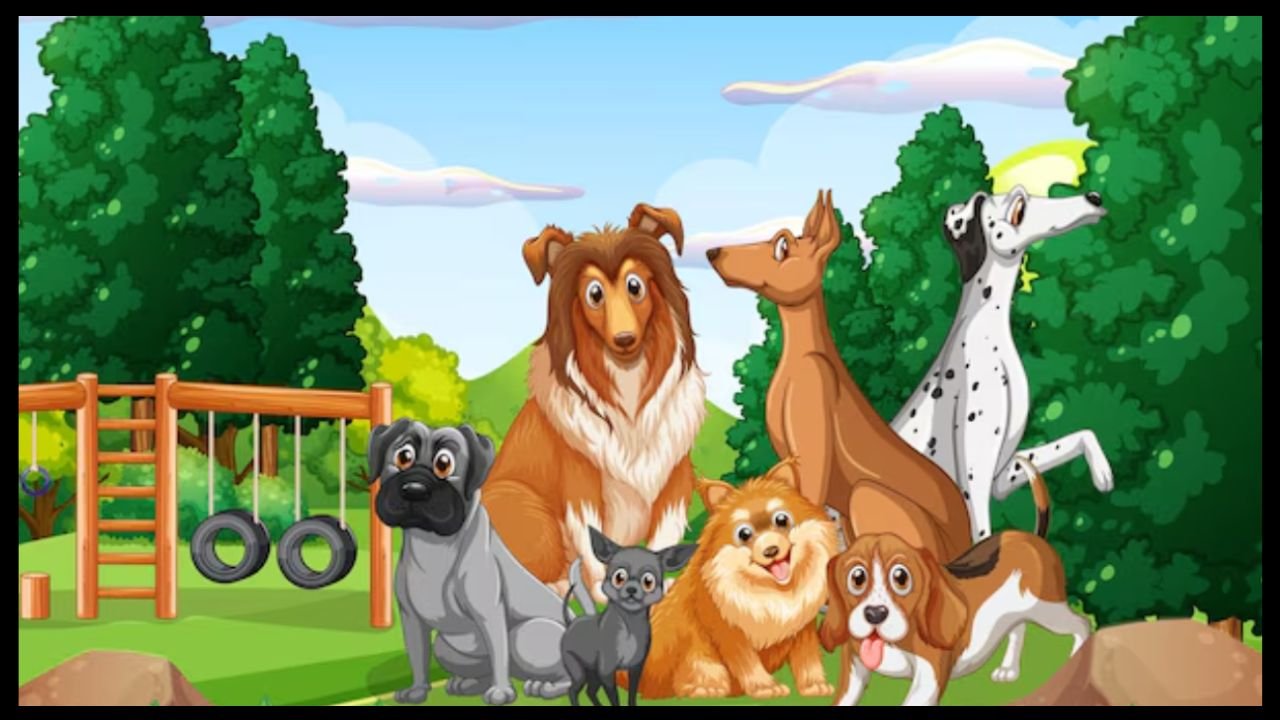Homophones are a fascinating element of the English language. These are words that sound alike but differ in meaning, spelling, or both. Understanding homophones not only enriches your vocabulary but also enhances your communication by adding depth and clarity to the way you express yourself.
When it comes to homophones, there’s a unique, engaging category that often goes unnoticed—animal homophones. These playful words can add a layer of creativity or humor to writing and speech. From common pairs like “hare” and “hair” to lesser-known ones, exploring new animal homophones helps uncover the beauty and complexity of language.
Whether you are a language enthusiast, an educator, or an animal lover, this article will take you into the fascinating world of animal-related homophones. You’ll learn why they matter, see examples of their usage, and discover how they can sharpen your writing and speaking skills.
What Are Homophones and Why Do They Matter?
Homophones are one of the cornerstones of linguistic creativity. The Greek origin of the word “homophone”—”homo” meaning ‘same’ and “phone” meaning ‘voice or sound’—perfectly defines its nature. These words share identical pronunciation but differ in spelling, meaning, or both.
Why Are Homophones Significant in Language?
- Improved Language Skills: Recognizing homophones improves spelling and pronunciation, making communication more accurate.
- Enhanced Creativity: Homophones are often used for puns, jokes, or creative writing, enhancing humor and expression.
- Better Understanding: For educators and language learners, homophones are essential in avoiding misunderstandings in both written and spoken contexts.
Now, let’s narrow the focus to a special type of homophones—animal homophones.
Exploring Animal Homophones
Animal homophones are words that either represent animals or sound like animal-related terms. These can add a touch of whimsy, clarity, or even subtle humor to your communication. Their unique nature makes them a must-know for anyone interested in language.
The Role of Animal Homophones in Communication
Animal homophones:
- Make language more engaging and lively.
- Add layers of meaning to literary or creative works.
- Create a memorable impact in conversations or writing.
They are especially useful for educators teaching children, where these fun words can make learning enjoyable and help students better engage with the content.
A List of Common Animal Homophones
Dive into these examples of entertaining and educational animal homophones that add flair to your language skills:
Hare vs. Hair
- Hare: A fast-running mammal resembling a rabbit.
- Hair: Strands that grow on human heads and animal bodies.
Example: The hare ran faster than the wind, leaving the tangled hair in disarray.
Flea vs. Flee
- Flea: A small jumping insect that often feeds on mammals.
- Flee: To run away from danger.
Example: The dog had to flee to the vet after it got infested with fleas.
Bear vs. Bare
- Bear: A large mammal, often depicted as fierce yet cuddly.
- Bare: To uncover or expose.
Example: The bear in the woods decided to bare its teeth when threatened.
Beetle vs. Beatle
- Beetle: An insect characterized by hard wings.
- Beatle: A member of The Beatles, the iconic music band.
Example: A beetle rested on John Lennon’s guitar while a Beatle strummed it gently.
Seal vs. Seal
- Seal (Animal): An aquatic marine mammal.
- Seal (Object): A closure or stamp to secure an object.
Example: The seal on the document depicted a seal lounging on a rock.
Mussel vs. Muscle
- Mussel: A type of shellfish found in water.
- Muscle: Tissue in the body responsible for movement.
Example: His arm strength was impressive, but he couldn’t pry open the mussel shell.
Duck vs. Duck
- Duck (Animal): A bird that swims in water.
- Duck (Action): To bend down quickly.
Example: To avoid the flying ball, the duck had to duck instantly.
Pike vs. Pike
- Pike (Fish): A carnivorous freshwater fish.
- Pike (Road): A turnpike or toll road.
Example: Driving the pike was as thrilling as fishing for a pike.
Rooster vs. Roster
- Rooster: A male chicken known for its crowing.
- Roster: A list of names or schedules.
Example: The rooster’s name appeared surprisingly on the roster for farm duties.
Ewe vs. You
- Ewe: A female sheep.
- You: Used to address someone directly.
Example: Ewe wouldn’t believe what you missed at the farm show!
Practical Tips for Using Animal Homophones
Here are some tips to incorporate animal homophones for better communication:
Use in Creative Writing
Animal homophones can make stories or poems more engaging. For instance, a children’s book might play with “hare” and “hair” to create an amusing rhyme.
Enhance Classroom Learning
Educators can simplify homophones for young learners by focusing on familiar animals, making abstract linguistic concepts easier to grasp.
Spice Up Everyday Language
Witty usage of animal homophones like “flee” vs. “flea” can add humor or charm to casual conversations or social media captions.
Avoid Misunderstandings
Be clear about context. For example, clarify whether you mean “seal” as the animal or the object in formal writing.
Why Understanding Homophones Matters
Misinterpretation can happen when homophones are used incorrectly. Imagine this scenario:
- “Please check the hare on your hairbrush”—might seem nonsensical until clarified.
For educators or language learners, understanding homophones, especially animal-related ones, significantly improves clarity and depth of communication.
Make New Animal Homophones Part of Your Everyday Language
Animal homophones delight and educate in equal measure. Adding them to your vocabulary makes you not just a better communicator but also a more creative thinker.
By engaging with words like “bear” and “bare” or “duck” and “duck,” you’re opening a world of nuanced expression, all while celebrating the beauty of animals.
You May Also Like: Totally Wackadoodle NYT: Inspired Content You Need to Read
Conclusion
Expanding your knowledge of animal-related homophones enriches both your language skills and your ability to express ideas with precision and creativity. These playful yet powerful word pairs provide an opportunity to connect with language in a way that is both meaningful and enjoyable. By incorporating them into your daily conversations, you not only enhance your communication but also foster a deeper appreciation for the versatility and charm of the English language.
FAQs
What are animal homophones?
Animal homophones are words that sound alike and are either related to animals or mimic the sound of something animal-like in nature.
Why are animal homophones important?
They enhance clarity, reduce misunderstandings, and add creativity to communication by enriching vocabulary.
How can educators teach animal homophones?
Educators can use interactive activities, such as matching games or storytelling, to help learners understand how animal homophones work.
What is an example of a funny animal homophone?
“Duck” (the bird) and “duck” (to bend down) often create humorous scenarios in jokes or anecdotes.
Can animal homophones be used in professional writing?
Yes, carefully selected animal homophones can add a layer of creativity without undermining professionalism.











